Our place in the universe.
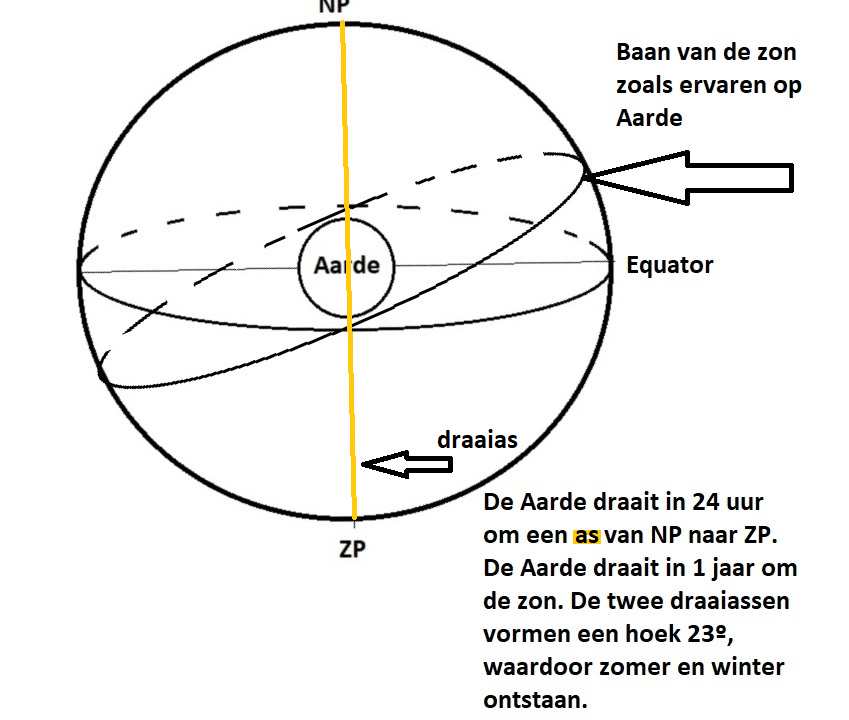
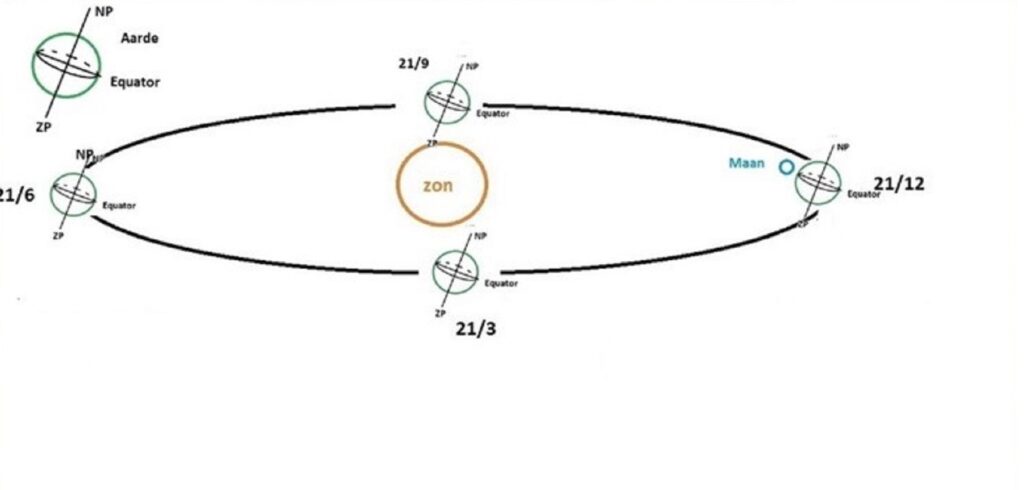
The sun is the center of our system and we consider the sun to be stationary. The Moon revolves around the Earth in 30 days and that is why we see phases. Because the moon also rotates on its axis at the same time, we always see the same side of the moon.

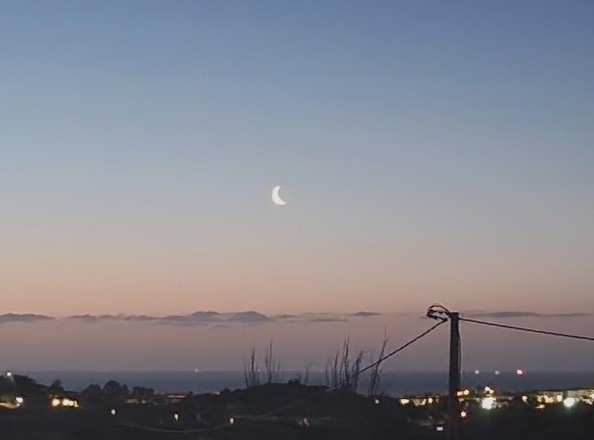
starry sky
Although still attractive in its beauty, the starry sky has become less important to the sailor due to the advent of satellites and GPS. In the past, the stars were shot to determine your position when there was no other option. The cutlery (position) was difficult to determine due to the height measurement. The stars become visible when the sun sets, but then the horizon becomes less visible so it was important to quickly recognize and shoot the stars, especially if the position is near the equator and the twilight is very short.
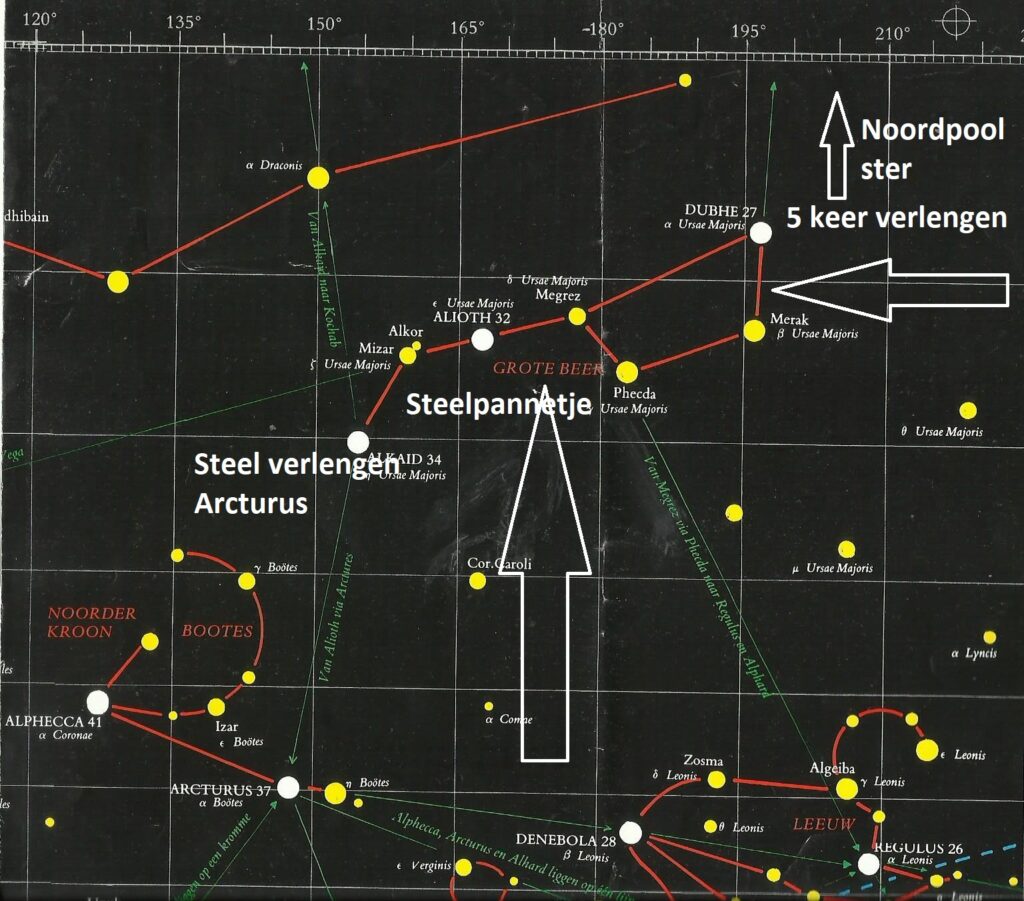
The northern sky does give us an opportunity to check the compass due to the presence of a small star very close to the sky's north pole. From the easy-to-find constellation in the shape of a saucepan = the Big Dipper, we extend the side opposite the stem 5 times to the north and there is the North Pole star. A very recognizable star is Arcturus, which is in line with the stem and was frequently “shot” when we still made star charts to determine our position.
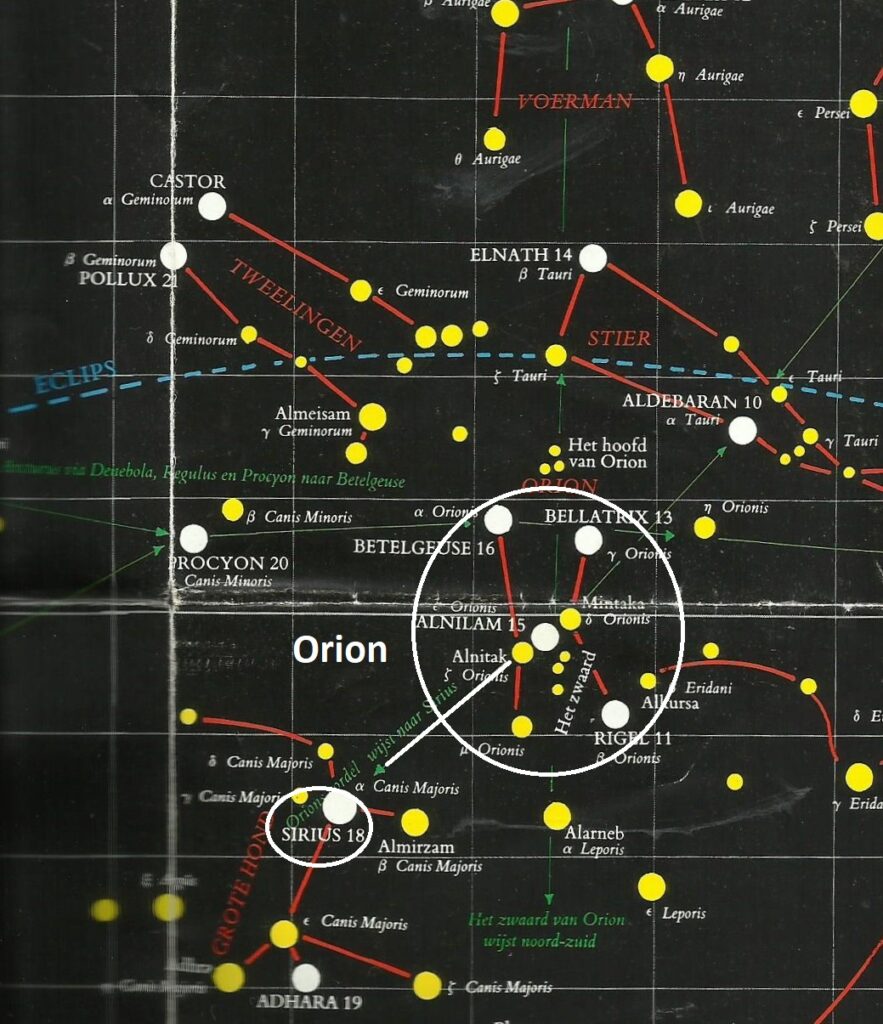
In the southern sky, the brightest star Sirius is in line with the Three Kings of the constellation Orion.